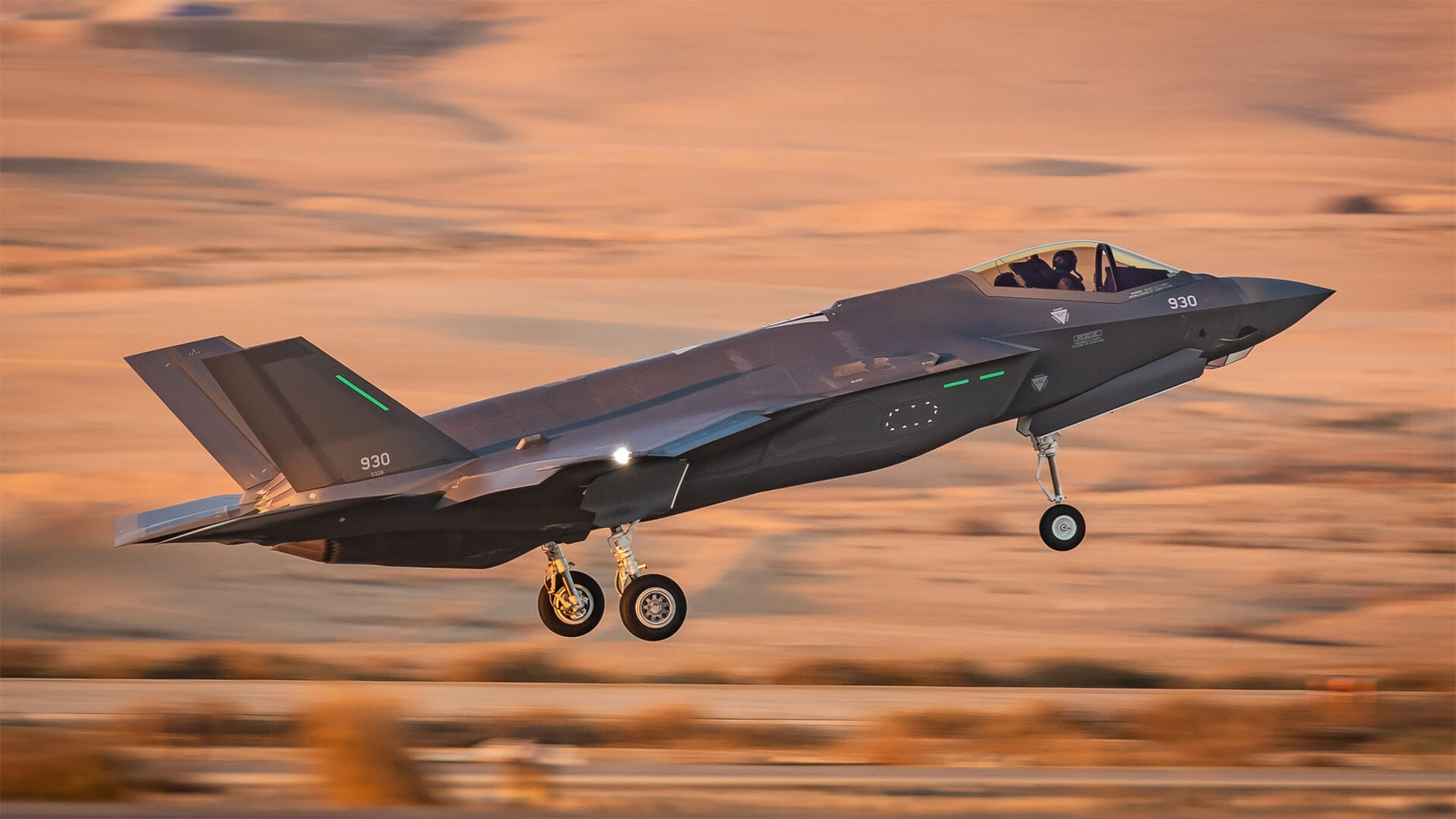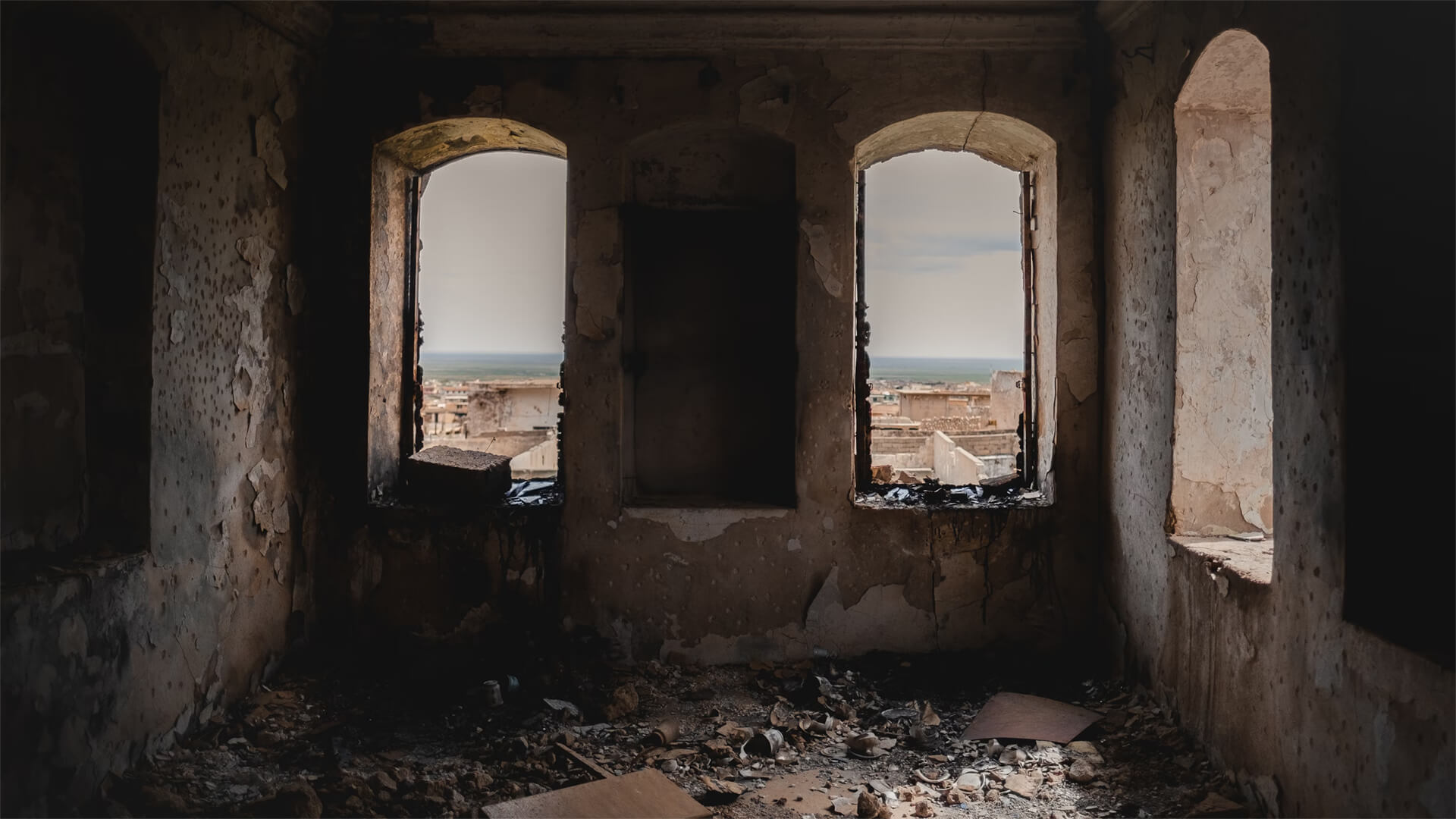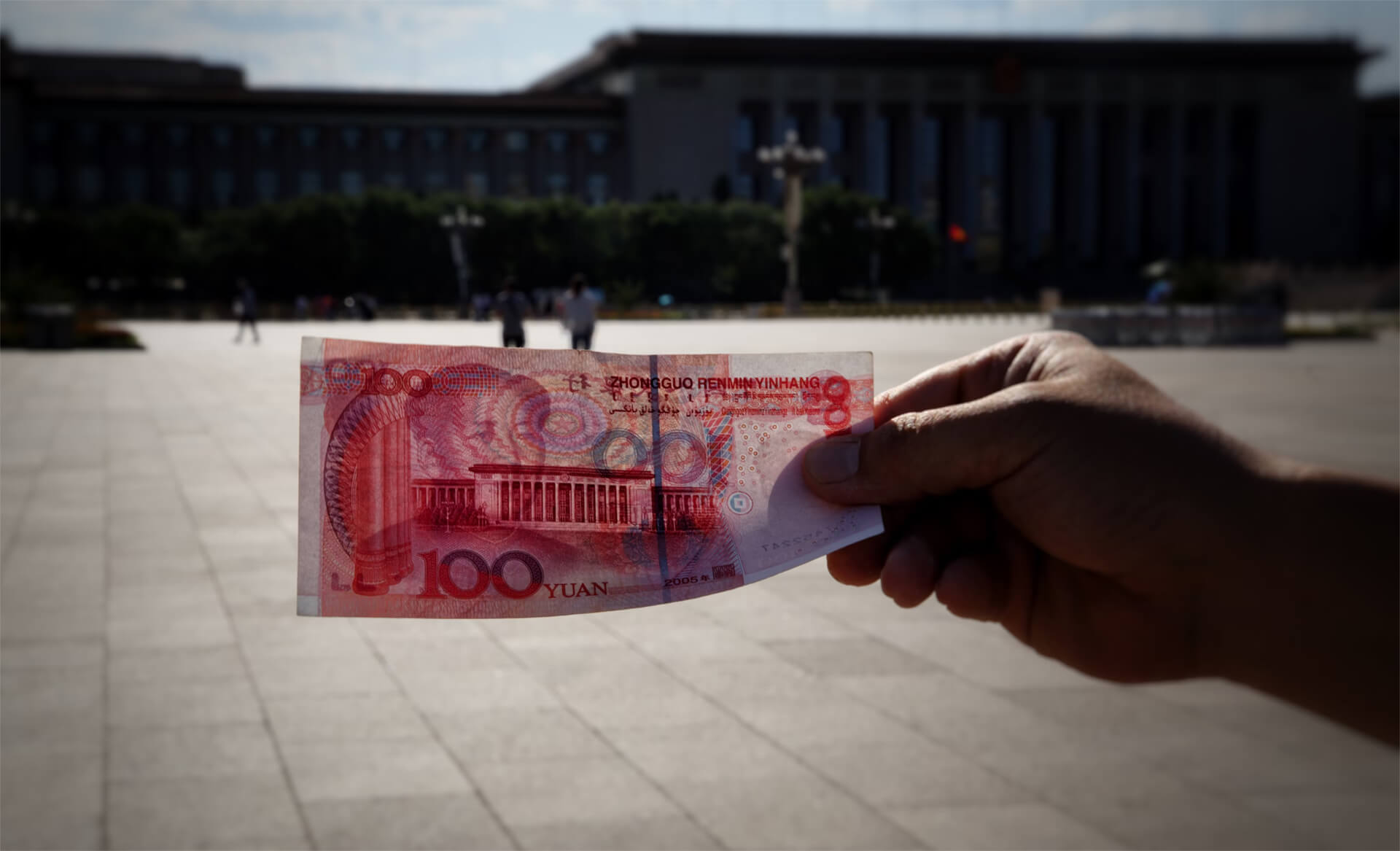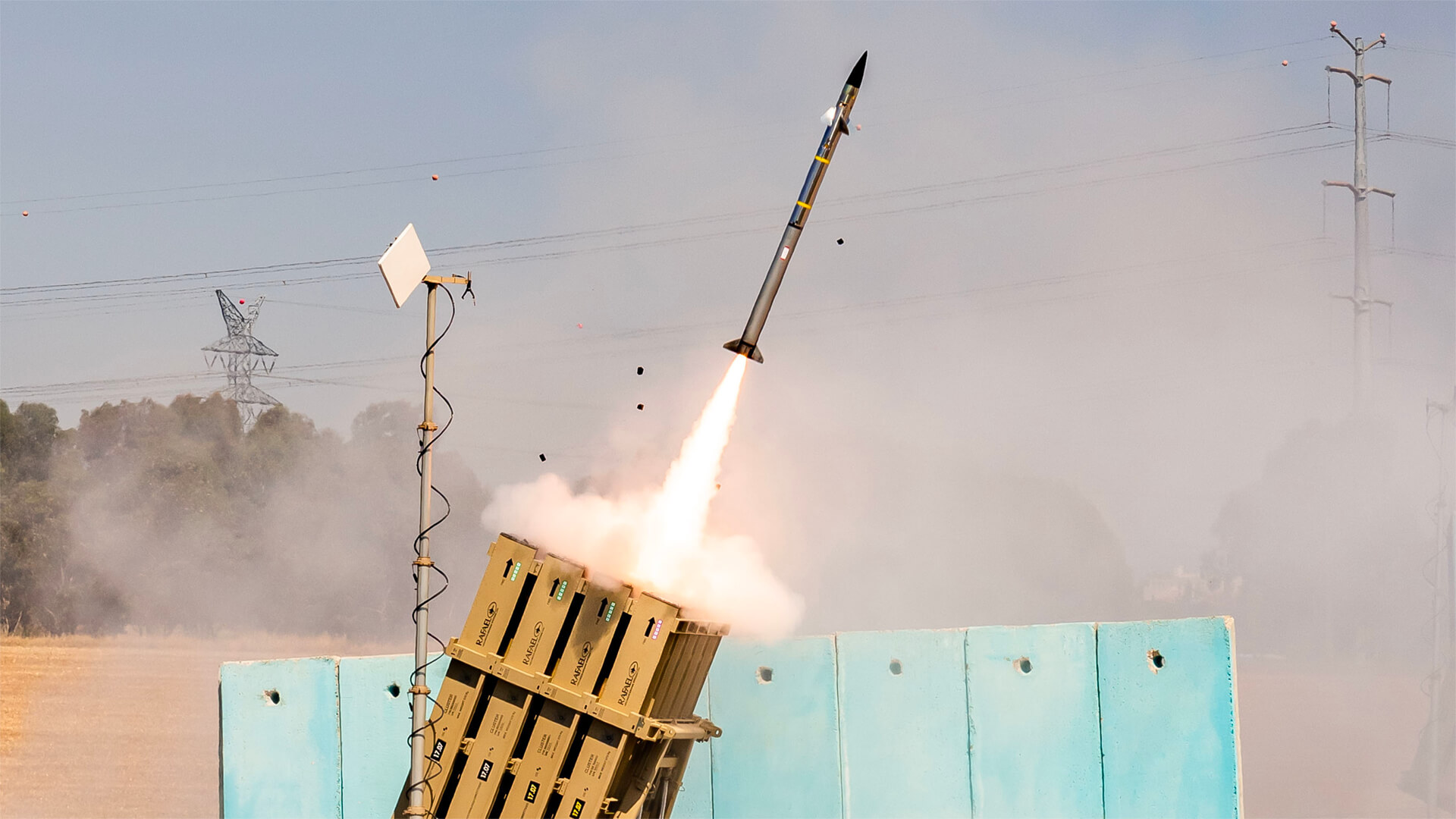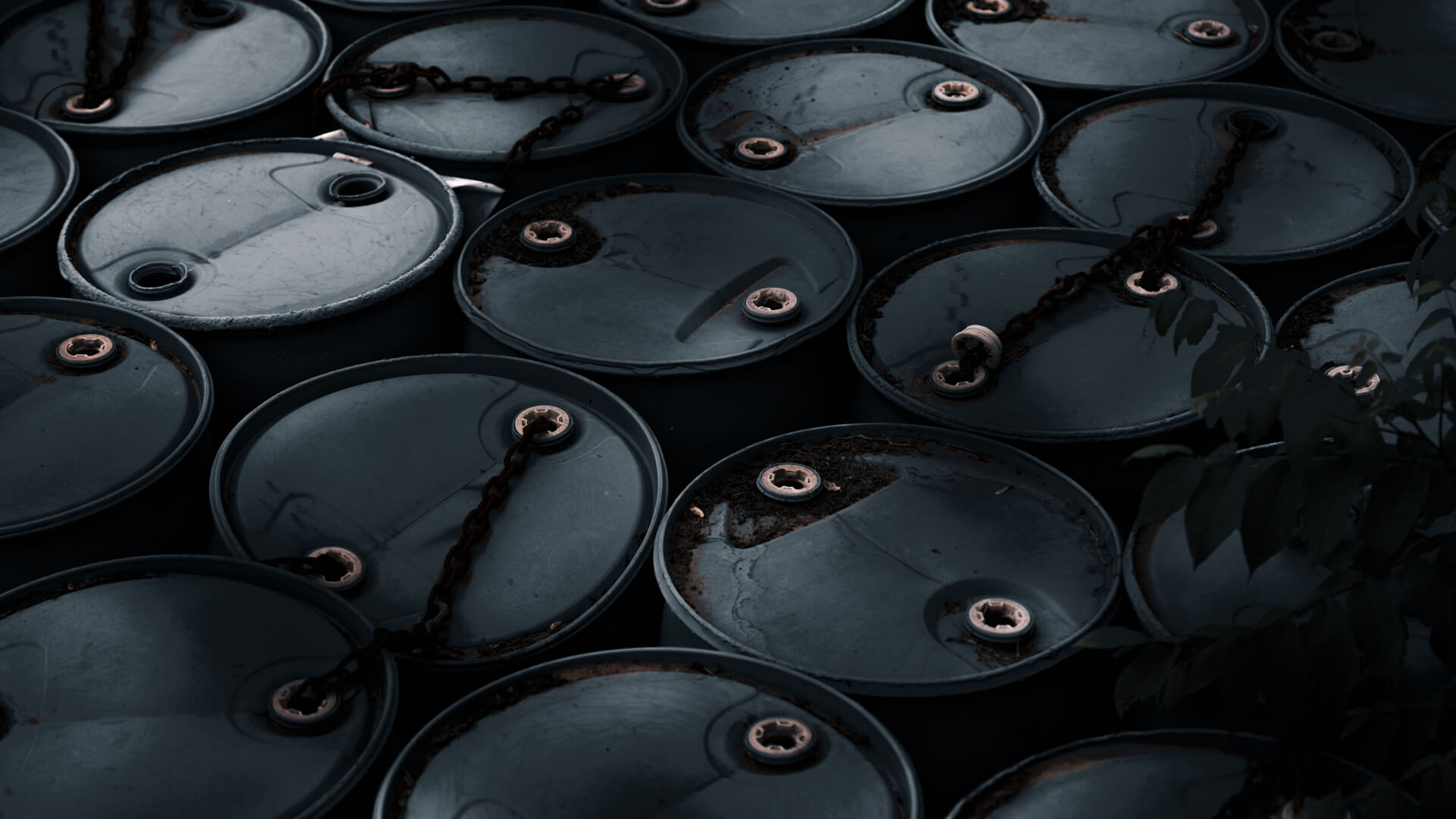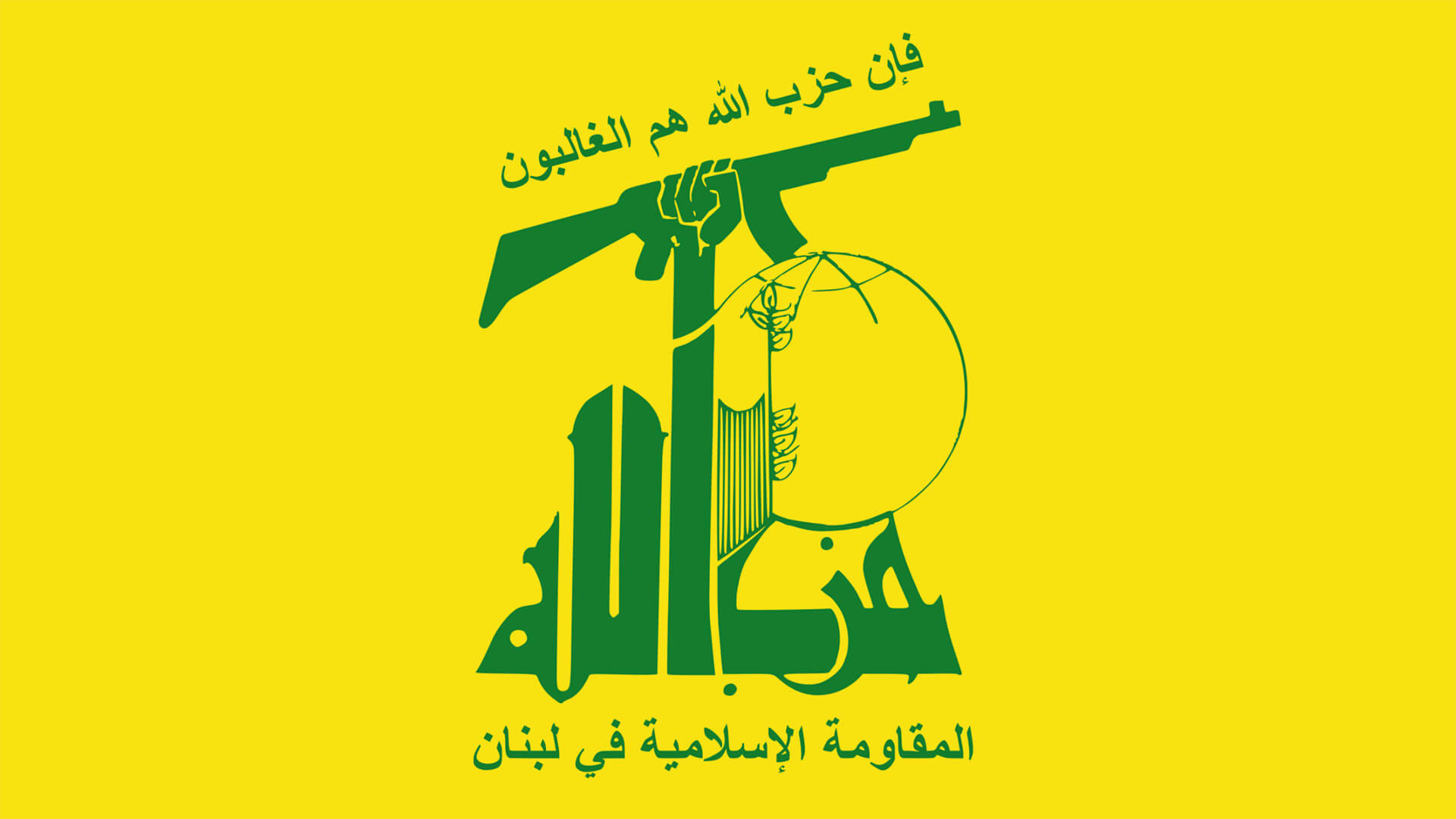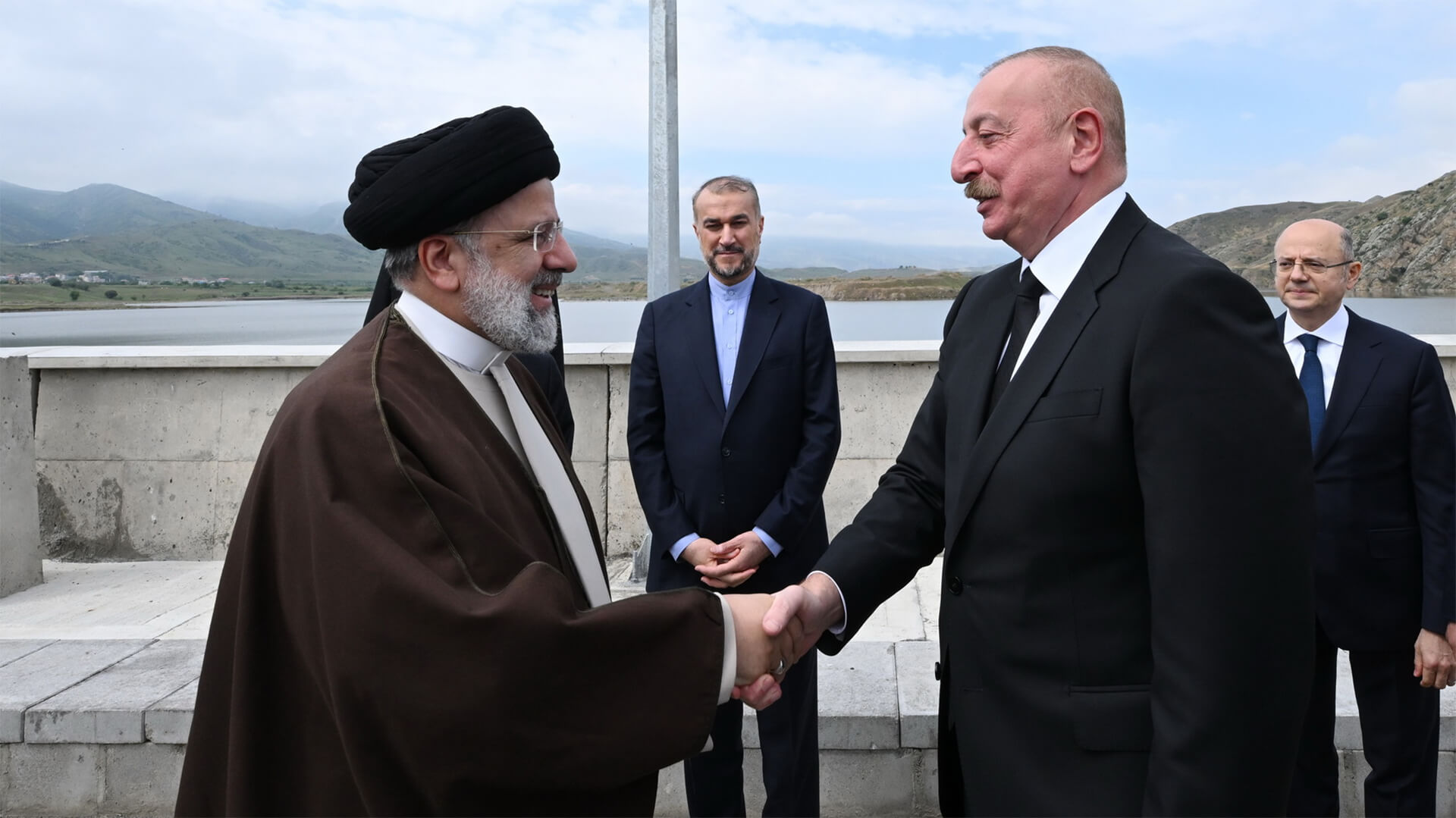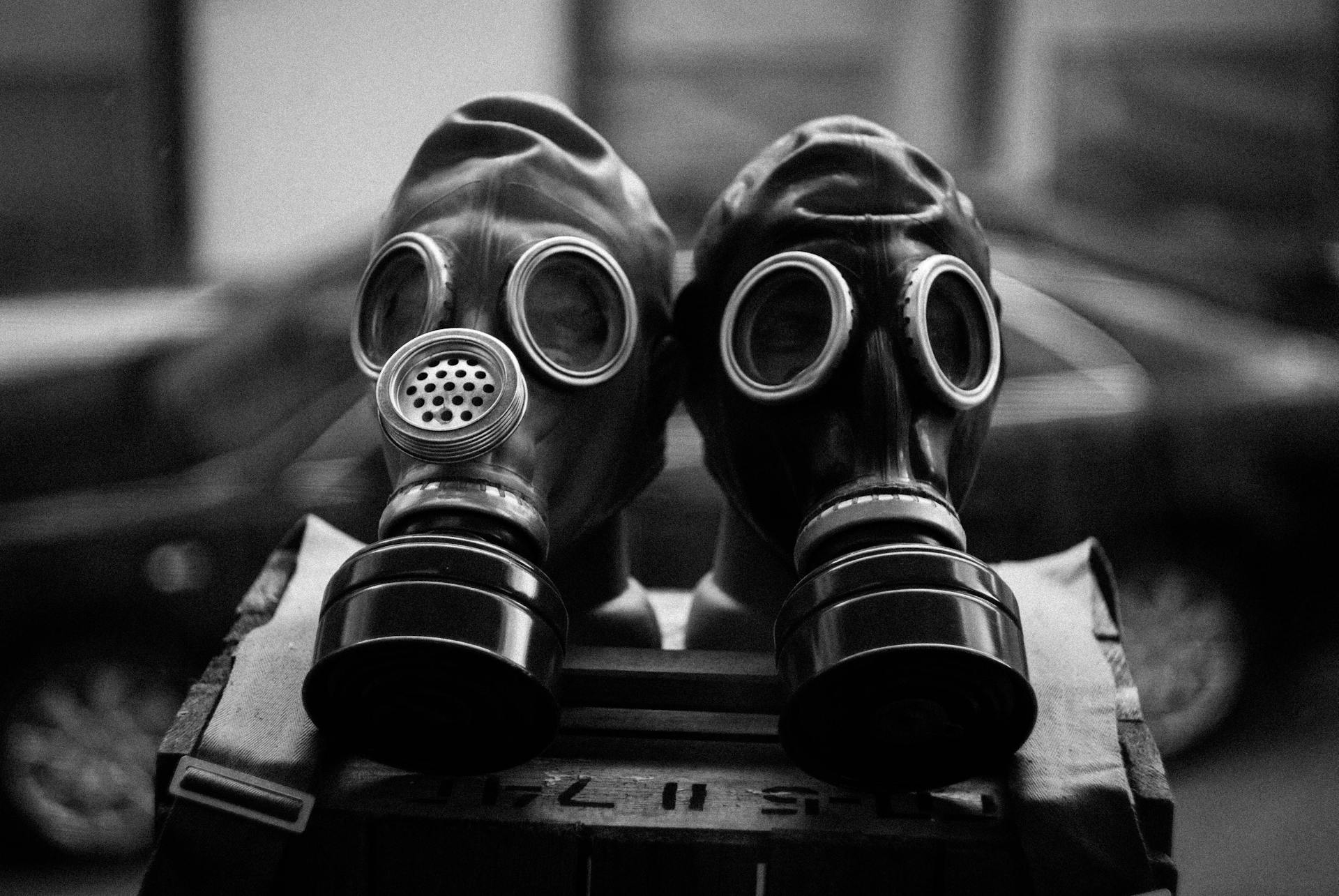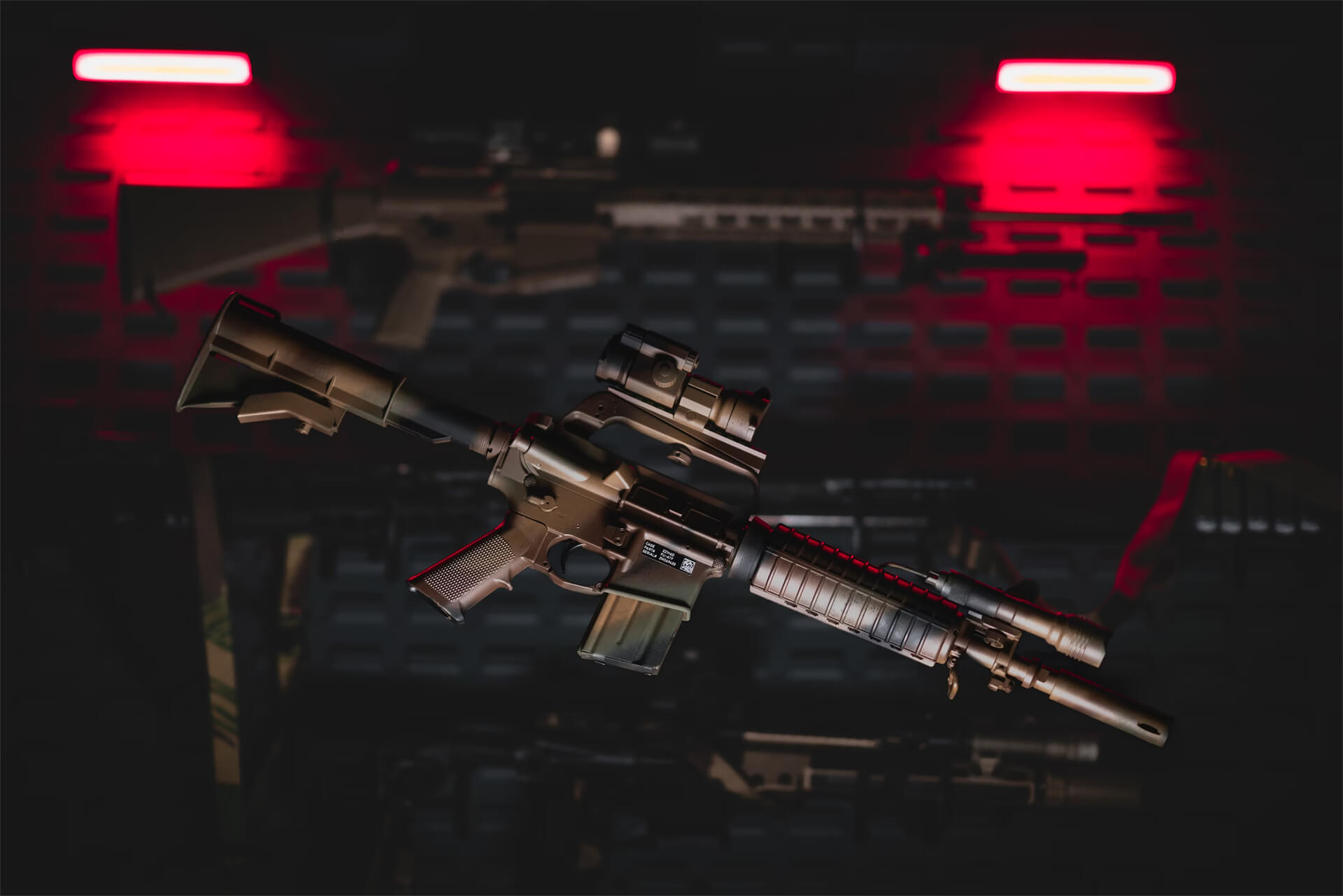Part 1
Recently, Iran attacked Israel, again. And so last night Israel attacked Iran, again. Believe it or not, this is normal AND good news! At least until the Russians come to the party.
Part 2
Now that we’ve had a bit more time to see what happened in Israel’s latest attack on Iran, let’s dive a bit deeper. Israel struck military facilities like missile storage and production sites, but avoided nuclear and oil infrastructure.
This damage will set Iran’s missile capabilities back for a while, but these defenses were lackluster to begin with. A more significant takeaway from this attack was the absence of any meaningful resistance for the Israeli aircraft, which pokes some serious holes in the Russian-made S-300s and similar Chinese models.
Israel’s attack not only diminishes Iran’s military power, but also gave the world some insight as to shifting regional power dynamics.
Here at Zeihan on Geopolitics, our chosen charity partner is MedShare. They provide emergency medical services to communities in need, with a very heavy emphasis on locations facing acute crises. Medshare operates right in the thick of it, so we can be sure that every cent of our donation is not simply going directly to where help is needed most, but our donations serve as a force multiplier for a system already in existence.
For those who would like to donate directly to MedShare or to learn more about their efforts, you can click this link.
Transcript
Hey, everybody. Peter Zeihan here. Coming to you from Austin, Texas. It is the 27th of October, and we’re going to do a follow-on to yesterday’s video about the Israeli retaliatory strike on Iran. Now that we know a little bit more about what was hit, the Israelis were able to target military facilities. They didn’t go after the nuclear program and they did not go after oil facilities.
Instead, their primary targets were facilities that stored missiles and were a critical component in the construction of the missiles that the Iranians like to use. Basically, there’s two types of fuel that you can put in a ballistic missile. The first is liquid fuel. This is cheaper and technically easier, but it’s very dangerous because you can’t store the rocket fuel in the rocket.
If you’re not going to launch in the next couple of days, you generally leave them empty. So, it’s easy to know when the bad guys are going to launch a bunch of missiles because satellite images can show the trucks pumping in the somewhat toxic, very explosive, very dangerous fuel.
Now, the Iranians have moved on from liquid fuel to solid fuel, which is much more stable. You can store the fuel in the rocket indefinitely, but it’s more technically involved, and the Iranians don’t know how to do it themselves. They bought the facilities to make this fuel from China, and now those are mostly smoking holes in the ground after the Israeli raid.
Until these facilities are rebuilt, and given Iran is now under much stricter sanctions than when it acquired these originally, the Iranians will have a hard time running their missile fleets as they have been, which is clearly what the Israelis were aiming for. They may have one or two operational fuel fabrication facilities left, but certainly not at a scale that poses a real threat to Israel.
So, you know, strike one, Iran. The second point to keep in mind is that wherever Israeli fighter bombers went—whether over Iraq, Lebanon, or Iran itself—they took out all the air defenses along the way. Most of the air defenses the Iranians use are called S-300s, which are the second from top-of-the-line system that the Russians produce and export.
The top model is the S-400. The Iranians knew this strike was coming, had plenty of notice, and still couldn’t shoot down a single Israeli jet. Between this raid and the war in Ukraine, where many of these S-300s are in use, we’ve been getting a bit of an awakening for people who have relied on Russian equipment all these years—it simply couldn’t do the job.
All of these air defenses are now smoking holes in the ground. On a larger stage, this has made the Israelis quite confident that whenever they feel the need to establish air superiority, they don’t even need jets—they just need to take out the air defenses since no one in the region has competitive air power.
Looking at the broader strategic picture, the Russians do have some S-400s, but not enough to provide full coverage, and they’ve already lost several in the Ukraine war. Yes, the S-400 is the most advanced air defense system the Russians have, but it’s not that much more advanced than the S-300. More importantly, the Chinese have their local air defenses, the HQ-9 and HQ-22, which are essentially knockoffs of the S-300 floor model, though upgraded in some ways with Chinese technology. We’ve never seen them in actual combat, but now we know the Israelis, who don’t even have a first-rate air force, were able to take out every S-300 they encountered. This suggests that the U.S., with its superior air force, would likely have no trouble operating in a similar environment if push came to shove with China.
Surely this isn’t what the Iranians planned when they conducted their raid on the 1st of October, but they’ve given strategic thinkers a lot to chew on, indicating that air defenses on the other side might not be nearly as interesting or capable as we’ve long assumed. So, you know, as
**Photo of an Israeli F-35I “Adir”, the model of aircraft reported to have taken part in the strikes by Wikimedia Commons.

